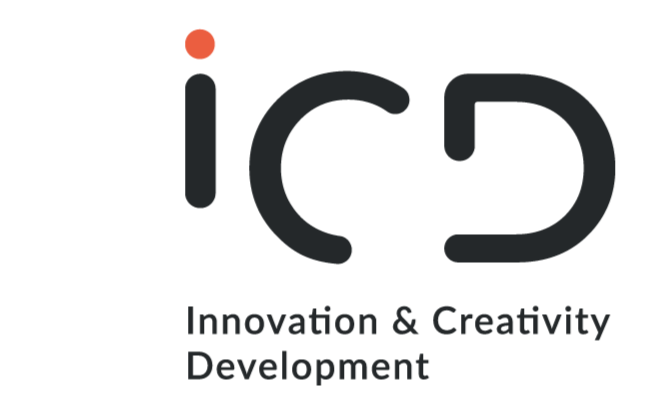
In a world where efficiency, agility, and value creation are non-negotiable, organizations must do more than just offer great products—they must also rethink how work gets done. That’s where process innovation comes in.
Process innovation doesn’t always make headlines, but it quietly drives some of the most impactful changes in organizations across every industry. From streamlining operations to reimagining customer service, the ability to improve processes is one of the most reliable paths to sustainable growth.
Defining Process Innovation
Process innovation refers to the creation or enhancement of operational workflows, methods, or systems to significantly improve performance. It’s about changing how things are done—not what is being offered—to increase efficiency, flexibility, speed, quality, and value.
Whether it’s automating a manual task, eliminating bottlenecks, or digitizing an outdated system, process innovation helps organizations stay competitive by optimizing internal capabilities.
Key areas where process innovation typically takes place include:
- Operations and production
- Supply chain and logistics
- Customer service
- Administrative workflows
- Technology and IT systems
What Makes Process Innovation So Valuable?
Here are the key benefits that make process innovation a critical driver of business performance:
- Increased Efficiency & Cost Reduction
By streamlining operations and reducing redundancies, organizations save time, lower operational costs, and improve productivity. - Enabling Innovation Culture
Optimized processes free up time and resources, allowing employees to focus on creativity, experimentation, and higher-value tasks. - Higher Quality Output
Refined processes reduce errors, enhance consistency, and lead to better customer satisfaction through improved product or service delivery. - Faster Time-to-Market
Process innovation accelerates workflows, shortens cycle times, and increases responsiveness to customer demands. - Greater Flexibility & Adaptability
Agile and modular processes help companies adjust quickly to market shifts, new regulations, or custom requests. - Strategic Advantage
When processes run smoother, faster, and more cost-effectively than competitors’, the result is a lasting edge.
10 Examples of Process Innovation in Action

A continuación se presentan ejemplos destacados de innovación de procesos que han impulsado el Process innovation has reshaped how leading companies operate. Here are ten standout examples:
- Starbucks: Reimagined ordering through mobile apps, personalization, and customer experience design.
- McDonald’s: Introduced assembly-line efficiency to food service, standardizing speed and consistency.
- Zara: Built a responsive supply chain to deliver new fashion to stores in weeks instead of months.
- Toyota: Created the Toyota Production System, focused on lean principles and continuous improvement.
- Netflix: Replaced physical rentals with a subscription model for on-demand DVD delivery—and later, streaming.
- SpaceX: Developed reusable rocket technology, drastically reducing launch costs and reshaping the aerospace sector.
- Tesla: Integrated remote software updates into car functionality, eliminating the need for service visits.
- Airbnb: Disrupted hospitality by enabling individuals to offer lodging through a peer-to-peer platform.
- Google: Constantly refines its search algorithms to enhance speed, relevance, and the user experience.
- Walmart: Leveraged real-time data analytics to optimize its global supply chain and inventory systems.
10 Best Practices for Successful Process Innovation
To make process innovation a reality, organizations must combine strategy, tools, and cultural support. These best practices will help guide your innovation efforts:
- Start with Customer Value
Identify customer pain points and design process improvements that enhance the experience or deliver faster, better results. - Define Clear Goals and Metrics
Align every innovation effort with measurable business outcomes—whether it’s cost savings, time reduction, or quality improvements. - Empower People at All Levels
Involve frontline employees, managers, and support teams in ideation, implementation, and feedback. - Foster an Innovation Culture
Encourage experimentation, celebrate learning from failure, and reward proactive problem-solving. - Use Lean and Six Sigma Tools
Apply proven methodologies like value stream mapping, DMAIC, or root cause analysis to guide improvements. - Visualize Workflows
Map current processes with tools like flowcharts or swimlane diagrams to uncover waste and inefficiencies. - Adopt a Continuous Improvement Mindset
Build mechanisms for regular review, such as kaizen events or employee suggestion systems. - Engage Key Stakeholders
Collaborate with customers, partners, and internal departments to validate ideas and ensure buy-in. - Leverage Automation & Technology
Integrate RPA, AI, or other digital tools to automate tasks and streamline decision-making. - Encourage Knowledge Sharing
Create forums, toolkits, or communities of practice where teams can share lessons learned and success stories.
Final Thoughts: Process Innovation as a Strategic Lever
Process innovation is not just about doing things faster—it’s about doing them smarter, with greater impact and adaptability. In a competitive and uncertain environment, businesses that prioritize process innovation can unlock performance gains, customer loyalty, and new growth opportunities.
How ICD Can Help
At ICD, we work with organizations to redesign and optimize their core processes—whether through lean transformation, digital automation, or agile frameworks. Our approach integrates innovation strategy with hands-on implementation, ensuring that process improvements are aligned with your business goals and culture.
From identifying bottlenecks to scaling breakthrough solutions, we help you turn operational challenges into innovation opportunities.
Ready to accelerate your performance through process innovation? Let’s start the conversation.
